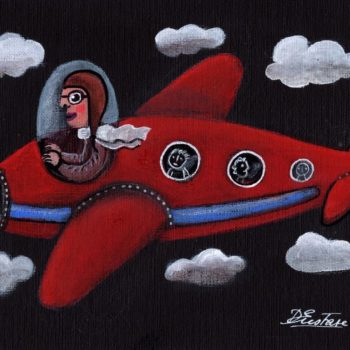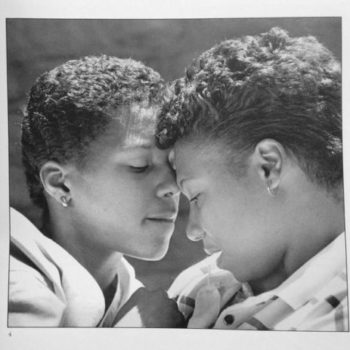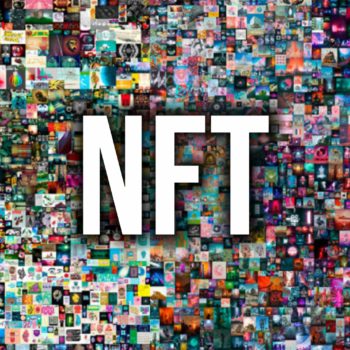
AI and copyright
- Post published:12 May 2024
- Post category:Art Files
The emergence of generative artificial intelligence tools in 2021-2022 has turned authors’ rights upside down. There are two legal issues to be addressed here: who owns the work created with AI? How can authors be protected against the exploitation of AI?
Who owns works created with AI?
This raises the question of recognising the copyright of those who have created with artificial intelligence. In reality, if an artist has used AI to create a unique work, then he or she is the author and benefits from the associated rights.
On the basis of Article L.112-2 of the French Intellectual Property Code and established case law, to be considered a work of art, it must be original and reflect the personality of its author.
A work is thus considered original when it ” reflects the creator’s personality, his style, his personal way of seeing and conceiving”, in other words the imprint of his personality (Laure Marino, Droit de la propriété intellectuelle, Thémis Droit, PUF, 2013, p. 181).
In fact, AI is seen by the law as a tool in the same way as a chisel or paintbrushes.

How to protect authors against the looting of AI?
Much more complicated is the issue of protecting authors whose works are used as “raw material” to train AI models.
Artificial intelligence needs to absorb millions of pieces of data in order to generate a text or image on demand. This request is known as the “prompt” or “query” sent to the AI.
The subject is not a simple one, because sometimes only a few pixels of a work are absorbed by the AI. But a few pixels is often less than when a real artist is inspired by another real artist…
Seen from this angle, it’s easy to understand the difficulty: why should we forbid AI from being inspired when it’s allowed for humans?
There are, however, two ways of protecting authors: transparency and author consent.

Transparency
The European directive on AI, the IA Act, stipulates that AI publishers must publicly provide a “sufficiently detailed” summary of the content used to train their models.
In theory, this would give us a list of the “inspirations” for AI.
In practice, we fear that a (long?) process will have to be put in place to define what is meant by “sufficiently detailed”.
Author consent
The European directive also provides for ‘opt-out’ clauses that will enable authors to refuse to allow their creations to be used by AI models.
This time, it is the application of the idea that seems very fragile. Will artists have to upload photos of their works to the various AI platforms in order to activate this opt-out clause? At present, it is impossible to say.
However, there are already agreements between AI players such as OpenAI and major media outlets such as Le Monde, Das Bild and El Pais.
The aim of these agreements is to remunerate these media for the absorption of their content by OpenAI.
If we extrapolate, we can assume that the same will be true in the future for well-known artists, major galleries and museums…
However, we might fear that these opt-out procedures will not be accessible to the majority of artists unless real opt-out platforms appear which, in return for a subscription, would take responsibility for multiplying the opt-out of a work on all the AI models on the market. In any case, that’s what we can hope for.
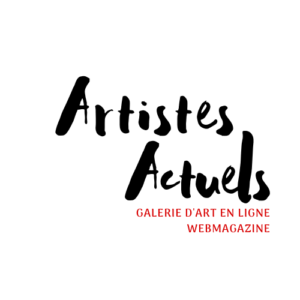
The editorial team
The thrill of artistic discoveries
